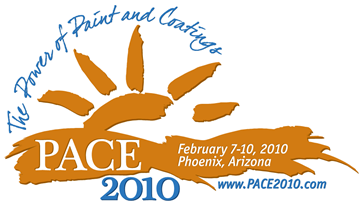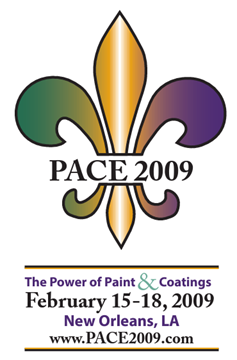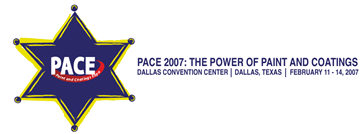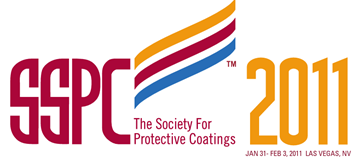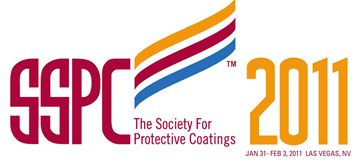Search
Products tagged with 'environmentally friendly'
View as
Sort by
Display
per page
Low VOC Vinyl and Vinyl/Acrylic Coatings Systems
Product Number:
41210-541-SG
Publication Date:
2010
$20.00
New Additives for Environmentally Friendly Coatings
Product Number:
41206-236-SG
Publication Date:
2006
$20.00
New Method for Etching Concrete without the Environmental Drawbacks
Product Number:
41209-483-SG
Publication Date:
2009
$20.00
Restoration of Historic Architectural Tiffany Metalwork Relies on HighPerformance, Environmentally Safe Coating System for Long-Lasting Protection
Product Number:
41214-872-SG
Publication Date:
2014
$20.00
Surface Preparation: Advances in Chemical Coating Removal
Product Number:
41207-341-SG
Publication Date:
2007
$20.00
Thermal Insulating Coatings Can Reduce a Facility’s Carbon Footprint in More Ways Than One
Product Number:
41211-652-SG
Publication Date:
2011
$20.00
Waterborne Coatings for Heavy Duty Applications in M&PC Market
Product Number:
41211-605-SG
Publication Date:
2011
$20.00

